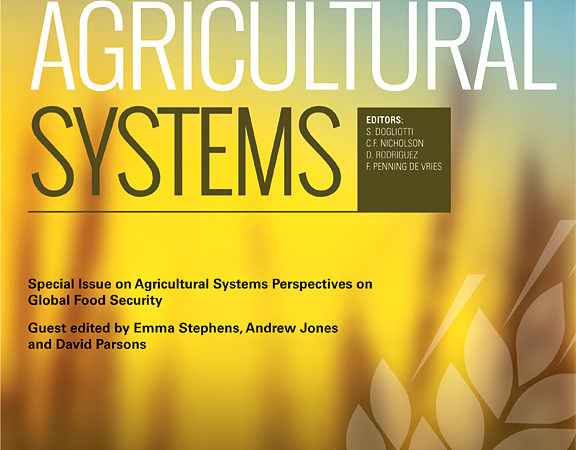
Abstract
In Africa, the agricultural sector is the largest sector of the domestic economy, and livestock, are a crucial component of agriculture, accounting for ~ 45% of the Kenyan agricultural GDP and > 70% of African agricultural greenhouse gas (GHG) emissions. Accurate estimates of GHG emissions from livestock are required for inventory purposes and to assess the efficacy of mitigation measures, but most estimates rely on TIER I (default) IPCC protocols with major uncertainties coming from the IPCC methodology itself. Tier II estimates represent a significant improvement over the default methodology, however, in less developed economies the required information is lacking or of uncertain reliability. In this study we developed an alternative methodology based on animal energy requirements derived from field measurements of live weight, live weight change, milk production and locomotion to estimate intake. Using on-farm data, we analysed feed samples to produce estimates of digestibility by season and region, then and used these data to estimate daily methane production by season, area and class of animal to produce new emission factors (EF) for annual enteric CH4 production. Mean Dry Matter Digestibility of the feed basket was in the range of 58–64%, depending on region and season (around 10% greater than TIER I estimates). EFs were substantially lower for adolescent and adult male (30.1, 35.9 versus 49 kg CH4) and for adolescent and adult female (23.0, 28.3 versus 41 kg), but not calves (15.7 versus 16 kg) than those given for “other” African cattle in IPCC (Tier I) estimates. It is stressed that this study is the first of its kind for Sub-Sharan Africa relying on animal measurements, but should not automatically be extrapolated outside of its geographic range. It does, however, point out the need for further measurements, and highlights the value of using a robust methodology which does not rely on the (often invalid) assumption of ad libitum intake in systems where intake is known or likely to be restricted.








